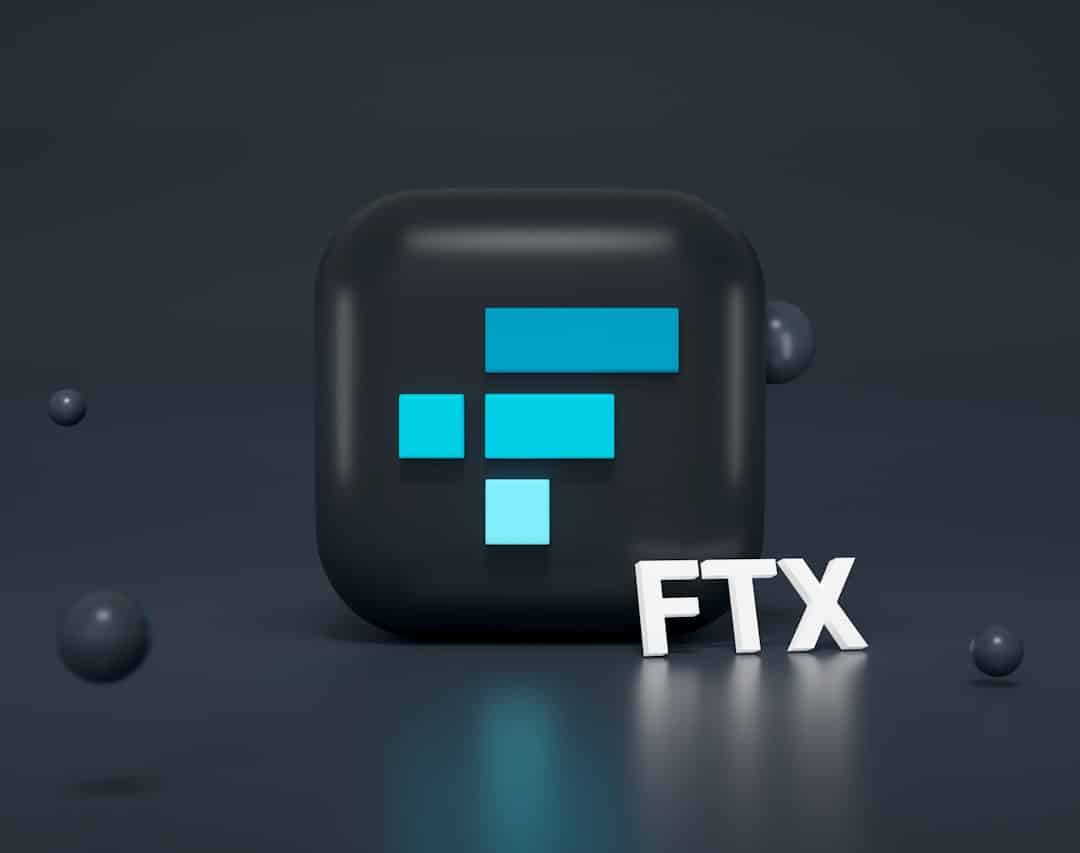In the fast-paced world of software development, the ability to release new features safely and efficiently has become more crucial than ever. Traditional deployment methods, which often lumped multiple features into a single release, are now being replaced with nimbler, more targeted approaches. One of the most transformative of these approaches is modern feature flagging.
Feature flagging, sometimes also referred to as feature toggles, is a technique that allows teams to enable or disable certain functionalities within an application without deploying new code. This means developers can push changes to a live environment without immediately exposing them to users. Instead, features can be progressively rolled out, limited to internal teams, or completely hidden while still undergoing testing.
Contents
The Shift to Modern Feature Flagging
Originally, feature flags were simple boolean checks in code — if a flag was set to true, a feature would be visible, otherwise it stayed dormant. Today, modern feature flagging platforms offer a wide array of capabilities such as:
- Granular user targeting
- Dynamic flag updates without redeployment
- Real-time analytics and feedback
- Integration with monitoring tools
- Automated rollback mechanisms
This evolution has fundamentally changed how teams approach application lifecycle management and has paved the way for safer, faster, and more resilient software releases.

Benefits of Feature Flagging
There are several major advantages to adopting feature flagging as part of a development strategy. These include:
1. Faster Releases
Feature flags decouple deployment from release. Code can be deployed in a passive state and later released to users with just a toggle. This permits more frequent releases without risking instability, giving companies the ability to get changes into users’ hands faster while retaining control.
2. Safer Testing in Production
Testing features in isolated development environments sometimes fails to simulate real-world conditions. Feature flagging enables testing in production with real user interactions, limited to internal teams or small groups through controlled rollouts before a wide-scale release.
3. Efficient Rollbacks
If a new feature doesn’t perform as expected, it can be quickly disabled by switching off a flag, without redeploying code or triggering an emergency patch. This drastically reduces the Mean Time to Recovery (MTTR) and helps maintain service continuity.
4. Enhanced A/B Testing and Personalization
Teams can experiment with UI variations or backend logic among targeted audiences to gather data-driven insights. Feature flags allow you to offer different experiences to different users, improving personalization and conversion rates.
5. Better Collaboration Among Teams
Feature flagging encourages collaboration between developers, QA teams, product managers, and even marketing departments. Everyone can control or monitor feature availability, making cross-functional alignment smoother and more effective.
Implementing Feature Flags: Best Practices
Although the concept sounds straightforward, implementing feature flags properly requires thoughtfulness and discipline. Here are some recommended best practices:
Maintain Discipline with Flag Lifecycle
Unmanaged flags can clutter the codebase and introduce technical debt. It’s important to have a policy for regular review and cleanup of deprecated flags.
Name Flags Clearly
Use naming conventions that indicate the purpose of the flag and the team responsible. This reduces confusion and eases debugging.
Keep Flags Configurable
Manage flags through a centralized dashboard so you can toggle features dynamically without making code changes or restarting services.
Secure Flags Correctly
Since feature flags can control visibility of features (possibly even paid or sensitive ones), ensure that they are not exploitable through frontend code.
Use Flags Strategically
Not every feature needs a flag. Reserve flags for features that benefit from gradual rollout, have high risk, or are part of experiments.

Use Cases of Feature Flagging in Real-World Scenarios
1. Continuous Delivery & Integration: Developers integrate often and deploy continuously. Flags allow incomplete features to exist in the main branch without impacting users.
2. Dark Launches: Deployed features can be enabled for internal staff only, allowing for real-world testing before a public launch.
3. Hotfix Isolation: Critical fixes can be quickly toggled on or off independently of other deployments.
4. Infrastructure Migrations: Move users from one backend system to another incrementally, using flags to slowly transfer traffic while monitoring performance.
Popular Feature Flagging Tools
The industry has matured to offer several robust solutions dedicated to feature flagging. Examples include:
- LaunchDarkly: Highly scalable and supports real-time flag changes with analytics.
- Flagsmith: Open-source and cloud-ready feature control platform.
- Split.io: Built-in experimentation tools with powerful A/B testing capabilities.
- Unleash: Developer-friendly, open-source feature flag management system.
These tools cover varying needs depending on organization size, release frequency, and automation requirements.
Challenges and How to Overcome Them
As powerful as feature flags can be, they are not without pitfalls. Improper use can lead to:
- Configuration sprawl: Too many active flags can make it hard to manage behavior across different environments.
- Debugging complexity: When features behave differently for users based on flags, tracing issues becomes harder.
- Security risks: Flags exposed in client-side code can be manipulated by end-users if not handled properly.
Thankfully, best practices and governance policies can mitigate these risks. Leveraging observability tools and maintaining a clean flag registry can help manage scale over time.
Conclusion
Modern feature flagging is a game-changer for software development teams seeking faster, more controlled, and user-friendly releases. It empowers developers and stakeholders to coordinate better, experiment more, and minimize risk during deployment. Yet, like any tool, it requires governance, strategic planning, and the right infrastructure to yield consistent benefits.
With the right approach and tools, teams can ship code with confidence, ensuring that end-users experience continuous improvement without the growing pains of unpredictable rollouts.
FAQ: Feature Flagging
-
What is a feature flag?
A feature flag is a mechanism that lets teams enable or disable features in an application without deploying new code. -
How is feature flagging different from traditional deployments?
Traditional deployments push code and expose features simultaneously, whereas flagging decouples the two, allowing features to be launched independently from code changes. -
Can I use feature flags for backend systems?
Yes. Feature flags can control backend processes like database or API migrations, as well as frontend content. -
Do feature flags impact performance?
When implemented correctly, the performance impact is minimal. However, poorly managed flags can introduce latency or logic complexity. -
Are feature flags secure?
Feature flags can be secure if server-controlled and not exposed to users. Flags visible in client-side code should never gate sensitive features. -
How do I remove old flags?
It’s best to use a lifecycle management process, where each flag has a documented purpose, owner, and expiration date for review and cleanup.

